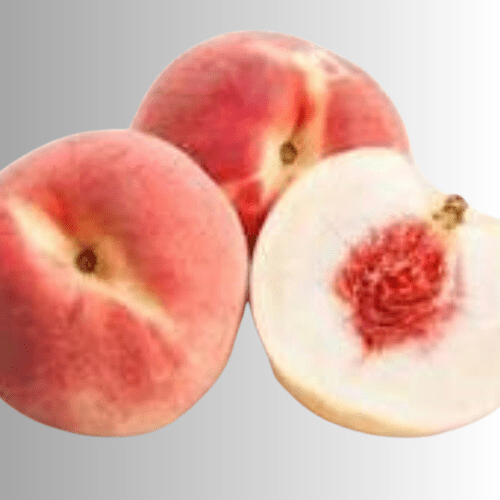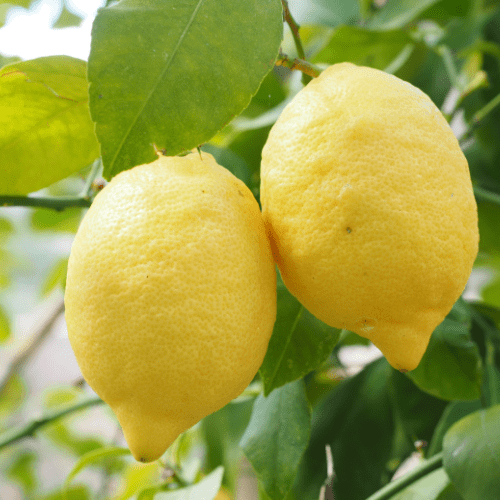Position
Choose a sunny location for your peach tree, as they require full sun to produce abundant fruit. Ensure the area is protected from strong winds, as they can damage the tree and its blossoms.
Size
Culemborg Peach trees grow to anything from 4 metres plus tall and wide. Plan the site before planting, keeping the tree away from external walls, electrical lines, and other trees. Plant in a protected area if possible, as strong winds can damage branches and leaves.
Adding half a bag of our Volcanic Rock Dust (R25 per bag) and a bag of Superfrass (R25 per bag) will assist in rapid growth. They also protect the roots from being eaten by insects.
Soil Type
Peach trees are not fussy about soil type but prefer slightly acidic soil. Loosen the soil in the area before planting about 1.5mts depth in your normal garden soil, and good drainage is important.
Watering
Adequate watering is essential for establishing and growing Snow White peach trees. Provide deep watering regularly, ensuring that the soil is moist but not waterlogged. During dry periods, increase the frequency of watering.
Mulching
Add a thick layer of pine-bark mulch, keeping it about 20-30 cms away from the tree trunk. This will keep the soil moist and keep the weeds at bay.
Fertilising
Use our slow-release nitrogen-rich all plant fertiliser. Apply 1 teaspoon every 4-5 months. The roots will absorb what they require.
Pruning
Prune the Snow White peach tree during the dormant season to maintain its shape, promote air circulation, and remove dead or diseased branches. Thinning the branches also helps to reduce the fruit load, ensuring larger and healthier peaches.
Pest and Disease Control
Aphids, citrus psylla, red scale, citrus greening. Spraying regularly with Agricultural Neem Oil or Effective Microorganisms (EM Control ) will assist in either prevention or after the fact. If you already have aphids or mites, wash the tree with a harsh hosing, and when dry, spray with Neem oil or EM Control.
Practice good garden hygiene (remove fallen fruit and leaves).
Watch for root rot (if overwatered) and fungal infections during wet periods.






